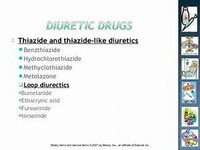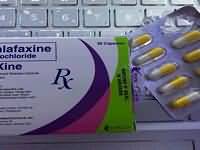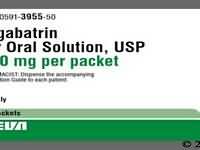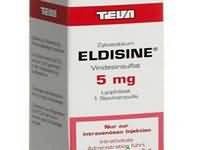Guanethidine monosulphate

Guanethidine monosulphate
CLINICAL USE
Treatment of hypertensive crisis
DOSE IN NORMAL RENAL FUNCTION
10 to 20 : mg, repeated after 3 hours if required PHARMACOKINETICS
Molecular weight :296.4 %Protein binding :<5 %Excreted unchanged in urine : 25–60 Volume of distribution (L/kg) :Largehalf-life – normal/ESRD (hrs) :120–240/increased DOSE IN RENAL IMPAIRMENT
GFR (mL/MIN)
20 to 50 : Give every 24 hours 10 to 20 : Give every 24 hours <10 : Give every 24–36 hours; use with caution DOSE IN PATIENTS UNDERGOING RENAL REPLACEMENT THERAPIES
CAPD :Unlikely to be dialysed. Dose as in GFR <10 mL/min HD :Unlikely to be dialysed. Dose as in GFR <10 mL/minHDF/high flux :Likely dialysability. Dose as in GFR <10 mL/minCAV/VVHD :Unknown dialysability. Dose as in GFR 10 to 20 mL/min IMPORTANT DRUG INTERACTIONS
Potentially hazardous interactions with other drugs Anaesthetics: enhanced hypotensive effect Sympathomimetics: hypotensive effect antagonised by ephedrine, isometheptene, metaraminol, methylphenidate, noradrenaline, oxymetazoline, phenylephrine, phenylpropanolamine, pseudoephedrine and xylometazoline ADMINISTRATION
Reconstition
– Route
IM Rate of Administration
–Comments
– OTHER INFORMATION
Blood pressure should fall within 30 minutes of dose
See how to identify renal failure stages according to GFR calculation
See how to diagnose irreversible renal disease
Home









